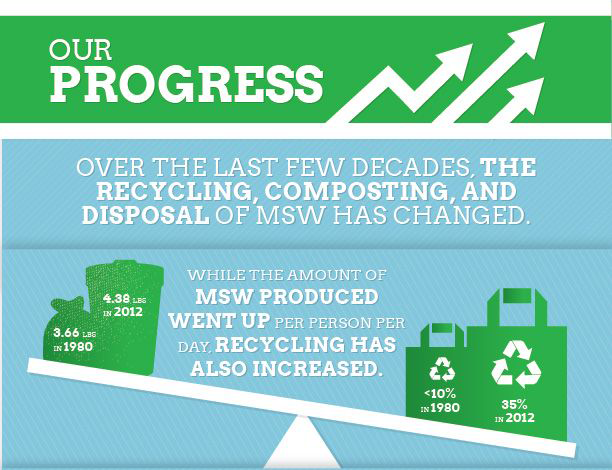 A progress report tells stakeholders the status of a project. You might write a progress report at specifically decided points as you work on a project, such as the beginning, middle, and end of the work. In other cases, you might write a regularly scheduled progress report at the end of every week.
A progress report tells stakeholders the status of a project. You might write a progress report at specifically decided points as you work on a project, such as the beginning, middle, and end of the work. In other cases, you might write a regularly scheduled progress report at the end of every week.
For this activity, you will write a progress report with your group that outlines the status of your writing guide. Ethical considerations are an important part of progress reports. Everything that you include should be honest and clear. Stakeholders will use the information you provide to make decisions throughout their organization. Glossing over problems or failing to admit setbacks will not provide readers the information that they need and could conceivably harm business.
Think of your audience for this project as me. In the workplace, the audience might be your supervisor, others in management, and/or a client and other stakeholders. In the case of public initiatives, the audience can include the public.
The Project Assignment
Project Examples by Students
Step 1: Assess your project.
Review the current draft for your Writing Guide and compare what you have accomplished to the requirements of the Assignment.
As a group, determine what you have completed and what you still need to do for your writing guide. Consider any challenges you have encountered and how you can address them. Compare your work to your schedule and determine whether any adjustments are necessary.
See the Readings for Support below for additional examples and advice.
Step 2: Write a progress report.
Your report should outline
- what you have completed
- what work you still have to do
- how you plan to complete the remaining work for the project.
Include any questions or concerns you have that may affect your progress. You can include images, screenshots, graphs, tables, and other visual elements to explain your group’s work (examples and tips).
Write your report in memo format (with the standard headings of To:, From:, Date:, and Subject:). You can use Google Docs or another word processor. Aim for 1 to 2 single-spaced pages.
Step 3: Check for specifics.
Use concrete, specific details to describe the work that your group has completed. Tell your readers precisely that you have done and how you will complete the remaining work. The examples below demonstrate how to make sure you use details.
| Rather than general information like this | Use specific language like this |
|---|---|
| We are making good progress on the project. | In the two weeks since inception, our four-member team has achieved three of the six objectives we identified for project completion; we are on track to complete the project in another three to four weeks. (from p. 49 of Business Communication for Success by McLean) |
| We have assigned the remaining tasks to team members. |
We have assigned the remaining project tasks to the following team members:
|
| We agreed on how to organize the pages on the website. |
We created a basic wireframe with sections for the information that we need to include on each page of the website (site title, site menus, page title, content, and footer with copyright information and address). |
Step 4: Polish the design of your report.
Apply design strategies to make your report easy to read and understand. Consider the PARC system (from the Lynda.com videos last week) and the tips on the Ten Ways to Improve Your Writing page to give your report a professional look. In particular, make sure that you use headings in the document that make the sections obvious. Remember that your headings and subheadings should create information-rich signposts for readers.
Step 5. Review your project for basic writing errors.
Everything you write should use accurate/appropriate image editing, grammar, spelling, punctuation, mechanics, linking, and formatting. These are important basic writing skills that you should have developed in high school. Use the reading 6.5 Revision Checklist for Progress Reports to check your draft before submitting.
Step 6: Submit your project in Canvas.
Upload your completed self-assessment and your project in Canvas.
Readings for Support
From Technical Writing by Hamlin, Rubio, and DeSilva
From Style for Students Online: Effective Technical Writing in the Information Age by Schall
Photo Credit: Detail from Municipal Solid Waste (MSW) in the United States 2012 Infographic.